€9.10
Stuffed Steak with Whiskey Sauce is a wonderful piece for any dinner or BBQ
Stafford’s Butchers is family run and owned. We hand-rear our own Angus cattle on our farm in Killanne. Killanne for those people who don’t know, is a slice of heaven situated in the foothills of the Blackstairs Mountains in the County of Wexford.
It is a place where community is important and neighbours are good friends, it has stunning scenery and top quality grass. We may be biased but we have been told that you can taste the difference in our tender beef and steak. Our beef is literally delivered from our gate to your plate.
Our cows are fed on grass and clover for 9 to 10 months of the year, roaming free in the beautiful lush meadow fields in the foothills of the Blackstairs Mountains. In the cold wet winters we bring our cows into sheds for their welfare and fed on silage, fresh cut spring grass. https://www.bordbia.ie/globalassets/bordbia2020/farmers–growers/grass-fed-standard/grass-fed-beef-standard-revision-02-draft1.pdf
All our beef and steaks are dry aged and matured for 6 months, unlike supermarket beef and steaks that are wet aged matured so it does not loss any weight in moisture loss.
Qualifying animals must be from farms that are members of the Sustainable Beef and Lamb Assurance Scheme (SBLAS). However, the first 9 months of an animal’s life may be spent on non-QA farms.
The grass fed standard is built on two key criteria, namely:
Bord Bia’s overriding principle in the development of the standard was not to seek any additonal information from farmers over and above what is currently collected as part of SBLAS audits.
Bord Bia’s rationale to create a grass fed standard to market Irish beef is based upon evidence from extensive research conducted with approximately 13,000 customers and consumers across Europe and in key international markets. The research highlighted a significant market demand for grass fed products. Grass fed is a term that consumers are familiar with that holds positive associations as premium, natural and healthy. Consumers also believe that grass fed cattle lead more ‘natural’ lives outdoors and are more likely to be treated ethically. Furthermore, Ireland is already strongly associated with grass fed production and the grass fed standard allow us to robustly verify claims we wish to make around our production systems.
This evidence points to a real opportunity to use our existing grass fed strengths to create a nationally verified standard and deliver upon a clearly identified consumer desire for ethical, premium, natural and healthy beef.
The grass fed label will be incorporated into Bord Bia’s promotional activities for Irish beef from the autumn onwards with the aim of differentiating Irish beef from our competitors and in doing so help maximise the returns from the marketplace to the benefit of Irish beef farmers. Given the current market difficulties arising from COVID and the continued uncertainty in relation to Brexit, it is more important than ever that the sector utilises every advantage it has to position Irish beef positively in the marketplace.
The Irish beef sector currently accounts for over 30% of the value of Irish agricultural output at producer prices. The only other sector of Irish agriculture of a similar size is the dairy sector. In 2010 there were over 79,000 farms with suckler cows according to the Census of Agriculture, and over 90,000 farms had beef cattle on their farm. The beef output of Irish farming provides the key input to the Irish meat processing industry. In 2014 the Irish meat processing employed over 13,000 people.

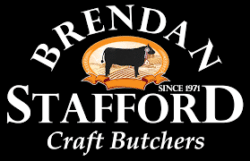
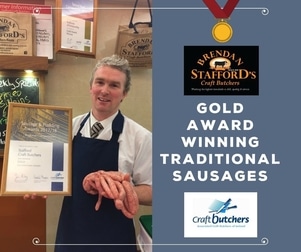

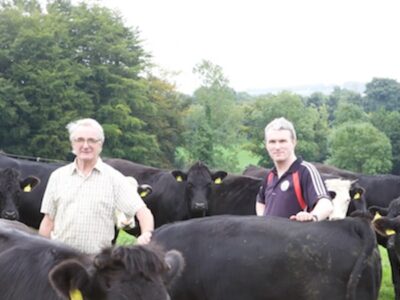



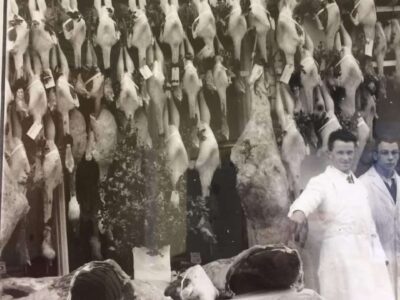
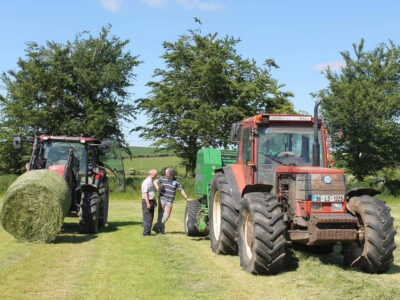
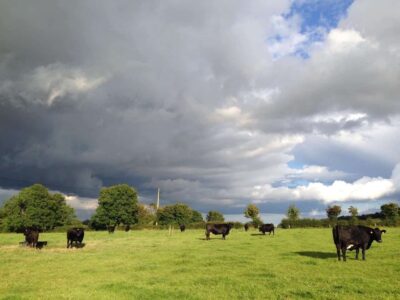
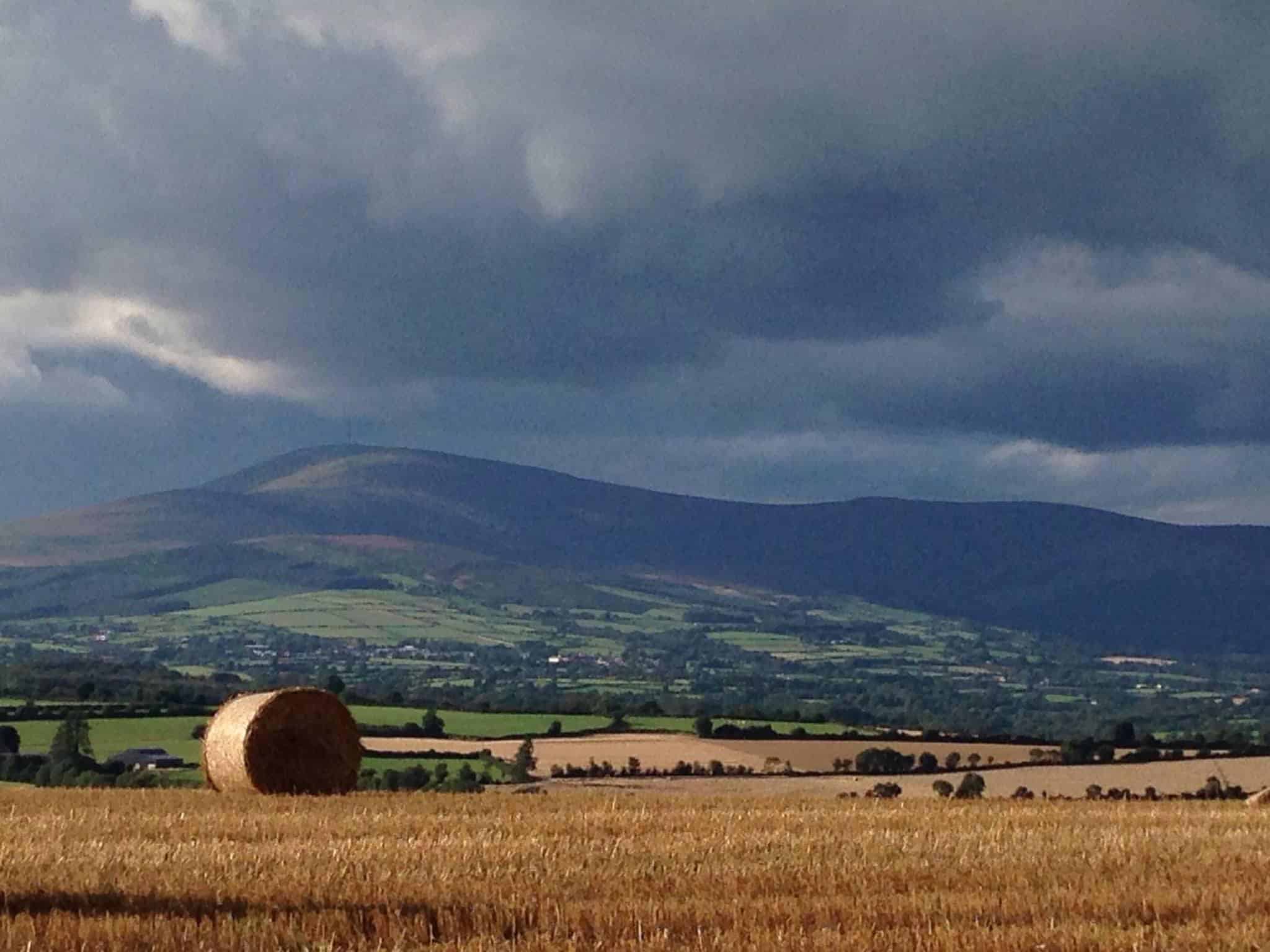
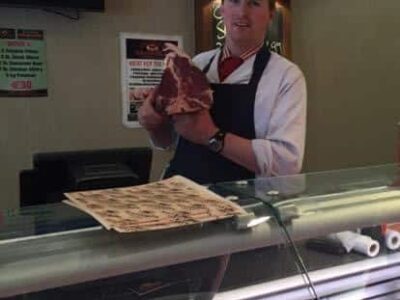
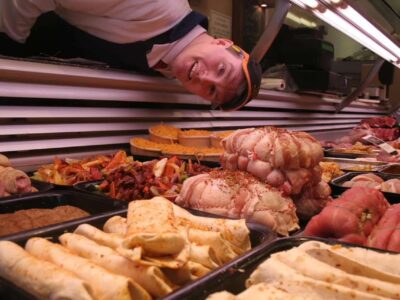
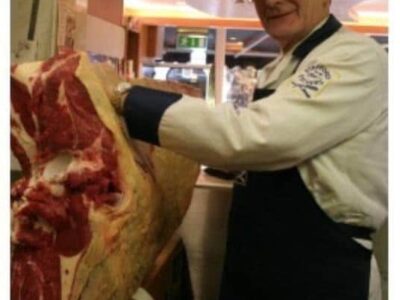
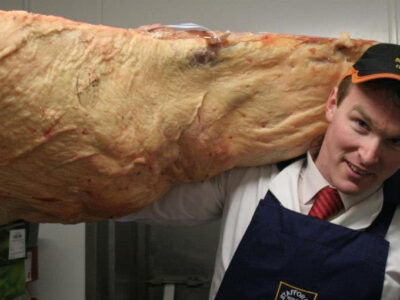
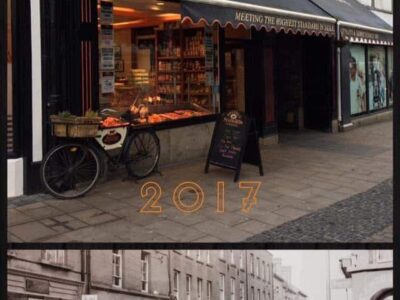

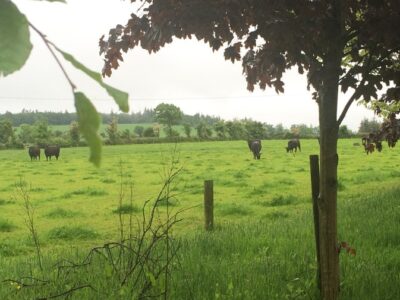
Stafford’s Butchers is family run and owned. We hand-rear our own Angus cattle on our farm in Killanne. Killanne for those people who don’t know, is a slice of heaven situated in the foothills of the Blackstairs Mountains in the County of Wexford.
It is a place where community is important and neighbours are good friends, it has stunning scenery and top quality grass. We may be biased but we have been told that you can taste the difference in our tender beef and steak. Our beef is literally delivered from our gate to your plate.
Stafford’s butchers was founded by Brendan Stafford in 1971. In 1961, aged 16 Brendan started in the butcher business – ‘I started my trade in Moore Street before moving home to Wexford’. Brendan set up his business in Enniscorthy and has always promoted traditional breeds of cattle like Hereford & Angus.
“For good quality beef you need the traditional breeds of cows, the bit of fat on these cattle gives the meat the perfect flavour. We find meat is lacking in flavour in the big continental animals, so we go for the young traditional cattle which have a lot of flavour.”
Brendan’s son Killian is now in control of the business, while Brendan looks after the farming and producing quality beef which we supply to all our customers.
“We pride ourselves on top quality produce, we have always maintained keeping the best quality of meat because if you cut the quality of your meat you’re just the same as everyone else, you need to stand out from the crowd.”
We have always promoted traditional breeds of cattle like Aberdeen Angus. “For good quality beef you need the traditional breeds of cows, the bit of fat on these cattle gives the meat the perfect flavour.” Angus beef develops with better marbling than most cattle. Marbling is the amount of intramuscular fat. Most people agree that marbling improves flavour, tenderness, and keeps meat moist while cooking (especially at high temperatures).
Heifer beef is more tender and it’s a sweeter beef so this is why we only breed heifers. We definitely believe in quality over quantity, we could breed a bigger amount of cattle but we only keep the best.
In most supermarkets they wet age their beef so it don't lose moisture and weight, which means more profit. We use traditional method of dry ageing our beef for 40 days, this gives the beef better flavour and much more tender.
We are a proper Butcher’s, in that we have all the traditional cuts of meat. We have T-Bones, Rib Roast on the Bone, our own Dry Aged Steak, Striploin and we also have some of the more traditional cuts that are making culinary comebacks like Oxtail, Beef Kidneys,
We take great pride in our skill, ask us for advice on how to cook these traditional cuts. In a real butcher’s, meat has meaning.
We stock the best quality Wexford Lamb, we have all the traditional cuts of lamb available in the shop, Racks of Lamb, Shoulder of Lamb, Legs of Lamb. We also have very tasty homemade Lamb burgers and Lamb Meatballs as well.
Thanks to the mild Wexford weather, lamb spends most of the year outside and therefore is primarily fed off grass, making it almost organic.
Lamb is high in essential minerals, proteins and vitamins necessary for good health. It is extremely rich in Vitamin B12 and Vitamin D, very rich in Zinc, high in CLA’s and rich in desirable Omega-3 fatty acids. All in all, lamb is a perfect meal choice for all the family.
Lamb is very versatile – whether you’re preparing a quick midweek meal or a dinner for family or friends, the sweet distinctive flavour of lamb is sure to put a smile on everyone’s face.
Our award–winning pork, bacon and sausage products are all made using superb quality 100% Irish pork. The pork is from pigs selected from our trusted local farmers.
At Stafford’s we home cure our own rashers, they look and taste how rashers should, how they used to taste! Our Home Cured rashers are lower in Salt so are healthier too! We don’t add any extra water, they are home cured in the traditional way by us, using only the best 100% Irish bacon. You really have to taste them!
Another speciality at Stafford’s is our Gold Medal Award Winning sausages. These are made daily on the premises in a range of flavours.
Killian devised a banger with a unique black pepper and red onion flavour that wowed the critics from the Associated Craft Butchers of Ireland.
All our Chicken is locally sourced and we support Bord Bia Quality Assured Farms, where animal welfare is of paramount importance. Our Chickens come form a local supplier Ray Keogh Foods, and we have great value whole birds as well as Free Range birds. Our chicken breasts are full of chicken, not pumped full of saline solution, which means they stay firm and fleshy when cooked, yet remain satisfyingly moist, too. We make our own Chicken Stir-fry from our fresh vegetables delivered daily, and the best quality Chicken breasts.